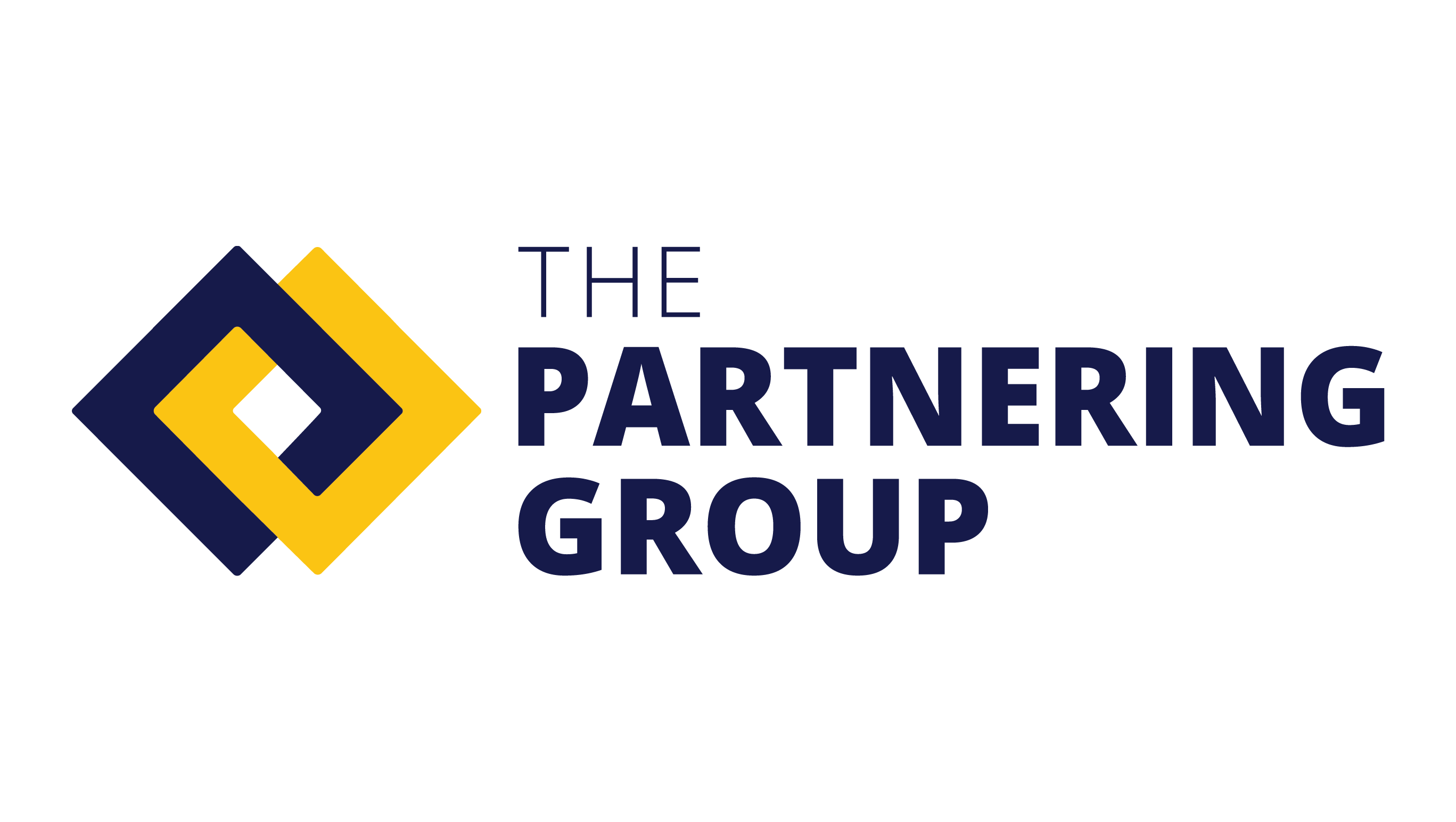Title
Optimizing Complexity Through Supply Network Design
Client Description
National Consumer Goods Manufacturer.
Background
The Client required a redesigned distribution network to properly service the thousands of customers representing the bottom 20% of sales revenue.
Objectives
Develop a distribution network which improves reliability, customer satisfaction, and improved cost structure to deliver increased “long tail” revenue.
TPG Approach
-
TPG conducted a rigorous assessment of the Clients customers to identify requirements and the competitive advantage associated with delivering improvements in forecasting and planning, improved reliability, improved communication and data exchange, and a better cost structure.
-
TPG assessed service provider capabilities and performance to identify required service bundles.
-
Conducted competitive response threats, pricing elasticities, and competitive analyses.
-
Developed capability bundles and Year 1 roadmap for network and information system planning.
Impact/Results
-
Client program was launched 90 days post engagement.
-
Improved after sales service processes.
-
Enhanced POS data and reseller analytics.
-
Improved client’s cash position vs. competitors.
Title
Lean Manufacturing Success
Client Description
Regional / Global manufacturer of various confectionary products and snack foods.
Background
After completing a detailed assessment of several client manufacturing operations, TPG recommended the implementation of Lean TPM tools, specifically several operational “pillar” best practices to address gaps in internal operating efficiency and throughput.
Objectives
Implement the proper TPM tools to achieve a 10-15% improvement in Overall Equipment Effectiveness (OEE) while building operating personnel skills and capabilities.
TPG Approach
TPG reviewed the assessment outcomes with key decision makers and determined a pilot site to implement several TPM practices designed to improve operating efficiency . The Autonomous Maintenance and Education and Training pillars were implemented beginning in the summer of 2010.
Impact/Results
By the fall of 2011 the client realized operational efficiency improvements of 20-40% across several production lines yielding over $600k in spending and waste reductions on a yearly basis. Also, training and skill development programs were redesigned for all new entry level employees based on the techniques introduced through TPM.
